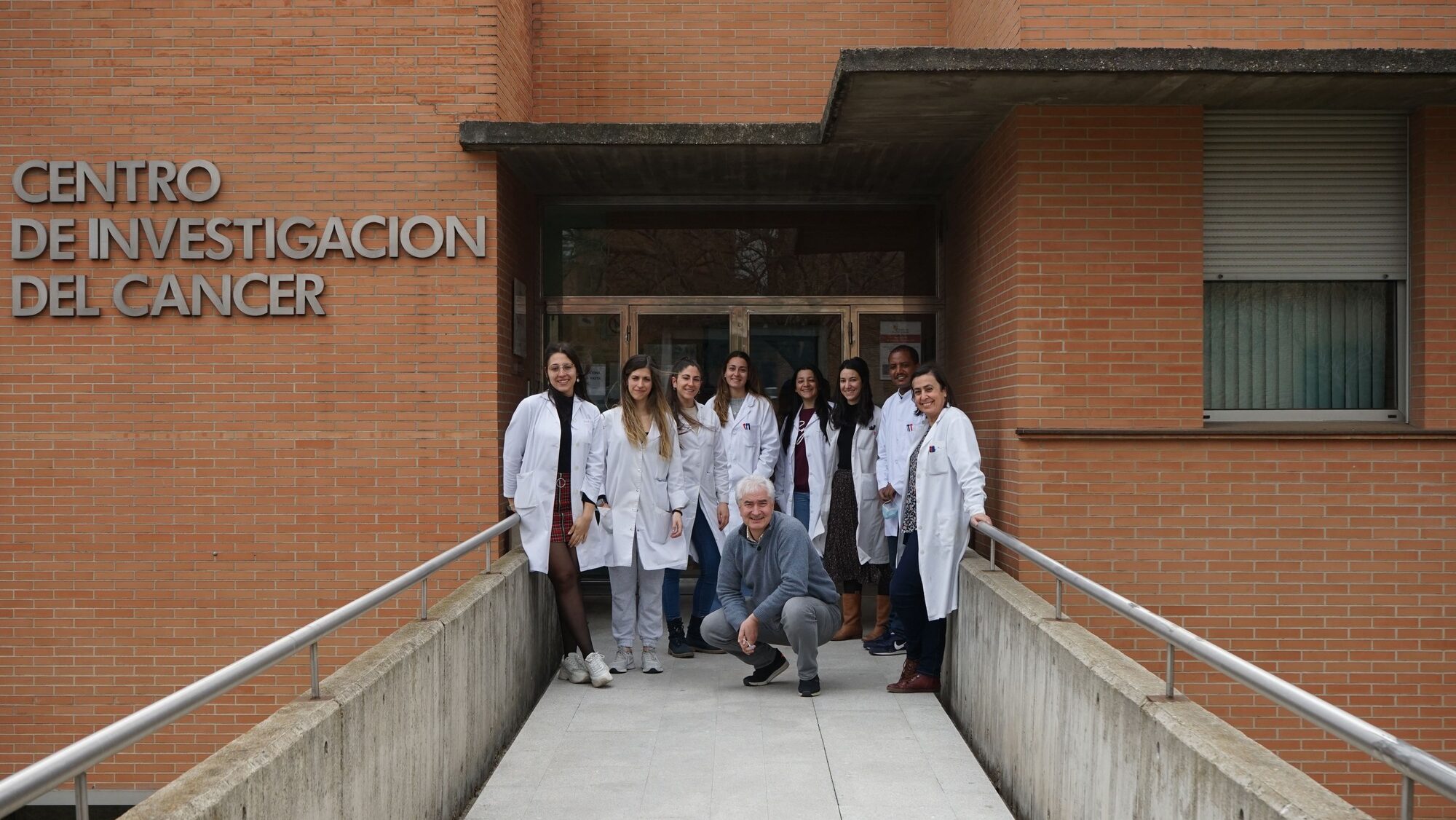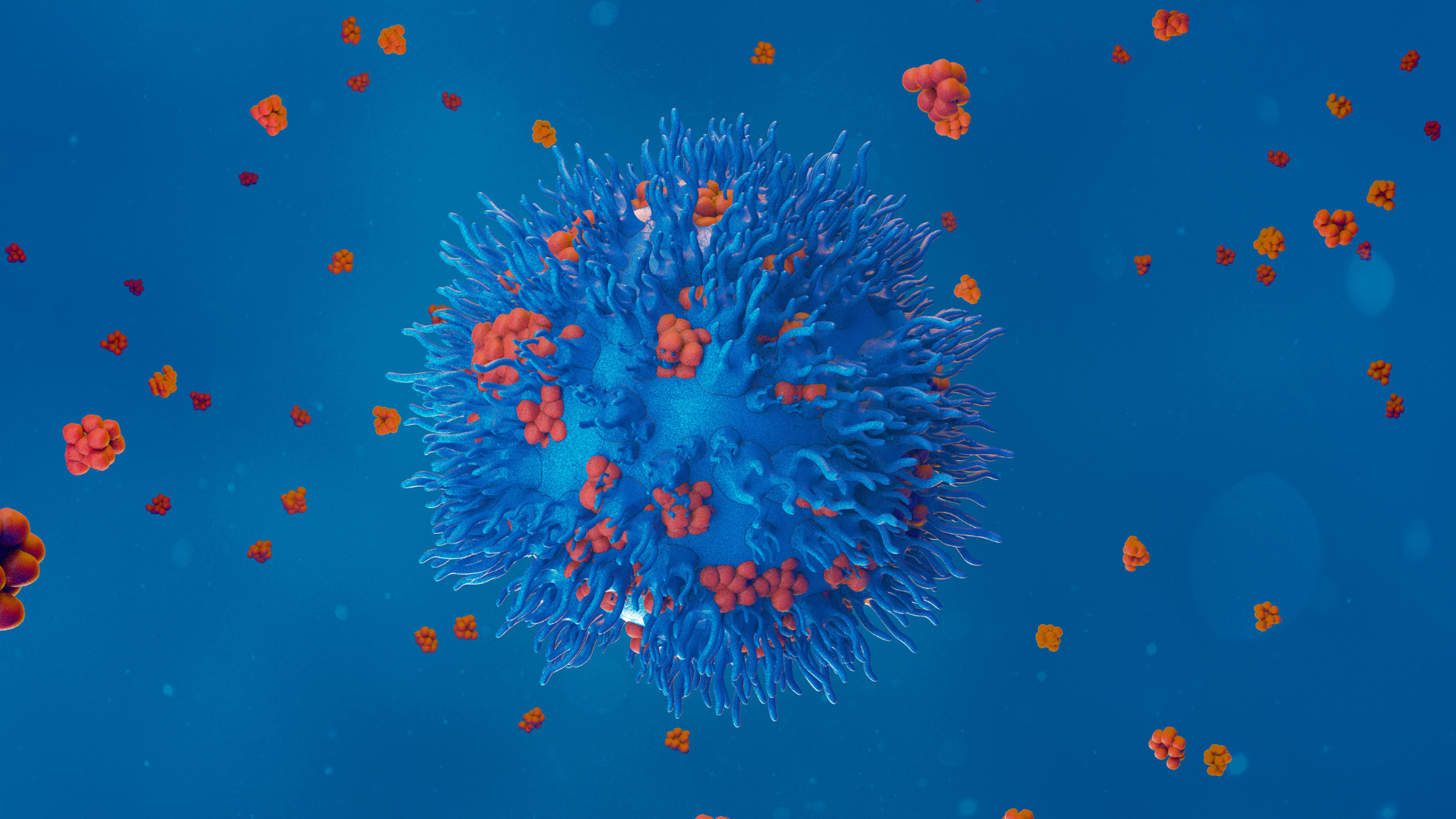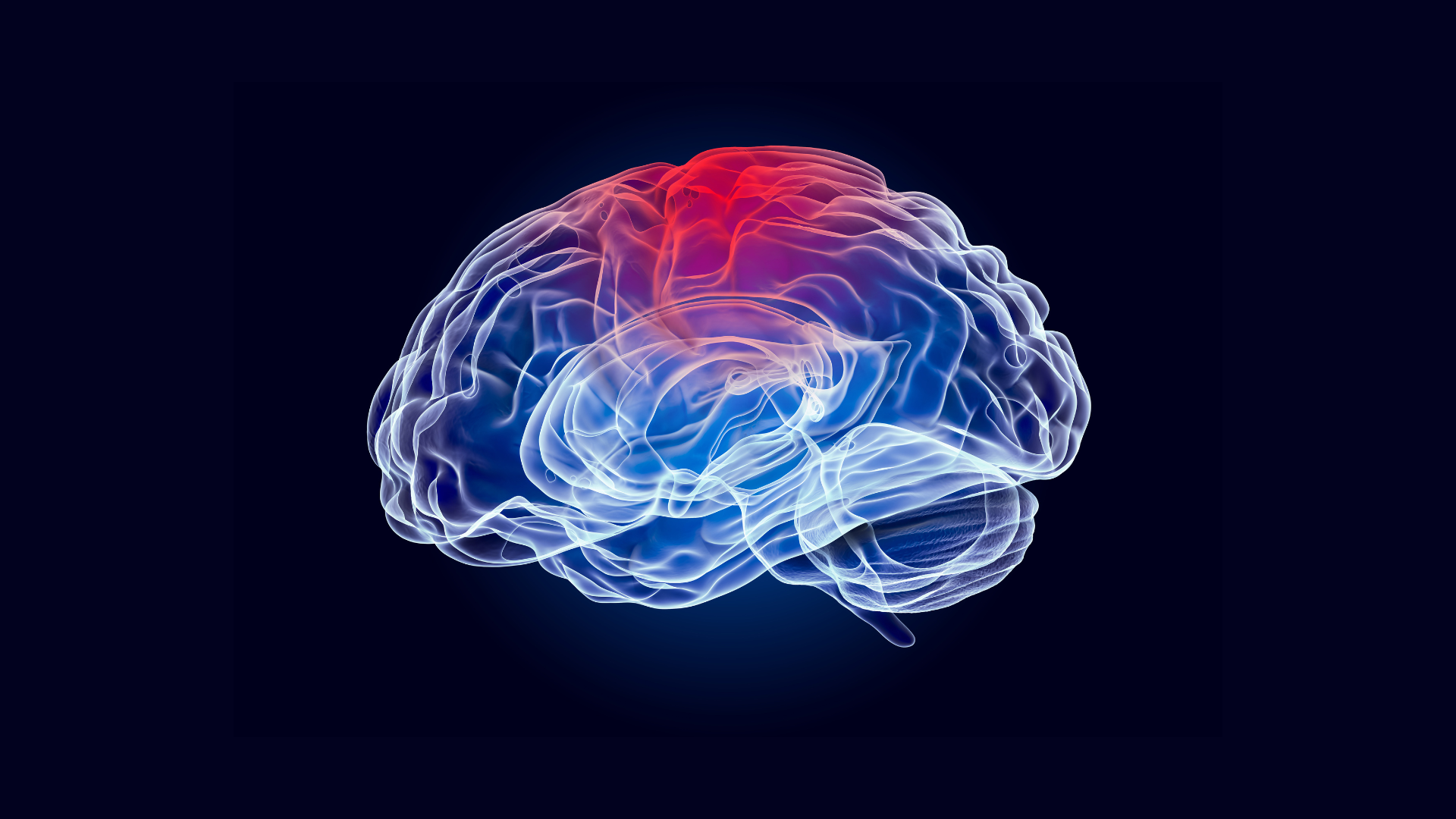A recent study carried out by researchers belonging to the Cancer Research Center (CSIC-University of Salamanca), IBSAL and CIBERONC and published in the open access journal Oncogenesis has revealed a new mechanism that could explain why some patients with HER2-positive breast cancer develop resistance to treatment with neratinib, a HER2 inhibitor drug. The presence of high amounts of HER2 protein is detected in approximately 20% of breast tumor cases, allowing treatment with targeted therapies such as neratinib. However, despite the initial benefits, some patients eventually develop resistance to the drug, which limits its long-term effectiveness.
The research team has discovered that the enzyme peptidylarginine deiminase 3 (PADI3), previously little studied in the context of breast cancer, plays a crucial role in this resistance process. Using cellular models, the researchers observed that HER2-positive human cancer cells that had become resistant to neratinib exhibited elevated levels of PADI3. Surprisingly, by reducing or inhibiting PADI3 activity, the cells became sensitive to treatment again.
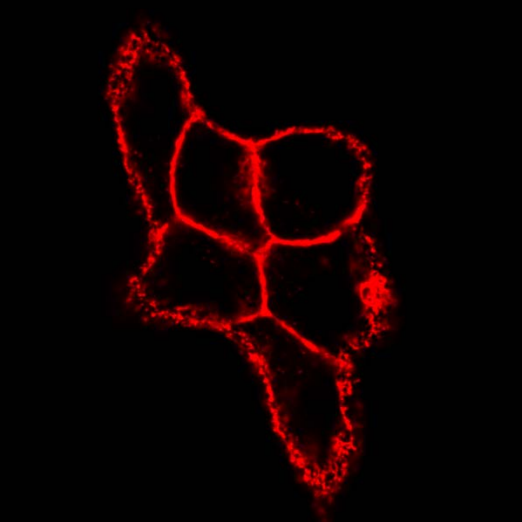
Image of human breast cancer cells, stained to identify HER2, shown in red. The staining marks the cell surface, which is where this protein is found.
“This discovery defines one of the causes of resistance to neratinib, and will allow us to better understand why cells become refractory to that treatment,” explained Atanasio Pandiella, director of the study. The results suggest that PADI3 inhibitors could be used as a therapeutic option to restore the efficacy of neratinib in patients who have developed resistance.
The research also showed that when high levels of PADI3 were introduced into cancer cells that originally responded to treatment, they developed resistance to neratinib. This confirms the direct link between PADI3 and the ability of HER2-positive breast cancer to escape treatment with neratinib. “It is even possible that PADI3 may be involved in resistance to other types of drugs,” Pandiella adds.
This advance not only provides a better understanding of the mechanisms of resistance in HER2-positive breast cancer, but also suggests that PADI3 could become a marker for predicting which patients might benefit from new treatment combinations.
This work has been developed thanks to public funding provided by the Ministry of Science, Innovation and Universities, the Junta de Castilla y León, the CIBERONC consortium, and by donations from several private associations such as ALMOM, ACMUMA, UCCTA, and the CRIS Foundation.
Link to article: Peptidylarginine deiminase 3 modulates response to neratinib in HER2 positive breast cancer – PMC (nih.gov)
